Rather than realizing their worth, many consider the plants in their yards to be pesky weeds they need to get rid of. However, most people don’t realize that some of these “weeds” are actually valuable medicinal plants with a long history in traditional medicine. These plants not only benefit our health but are also vital for ecological balance. By learning to identify and appreciate these natural treasures, we can use their benefits and help create a more sustainable environment.

Understanding the Difference Between Weeds and Medicinal Plants
The word “weed” usually refers to any plant growing where it’s unwanted. But, this definition is biased and misses the potential benefits of these plants. On the other hand, medicinal plants have been used in herbal medicine for centuries to treat different illnesses. The main thing that sets them apart is viewpoint and understanding; a weed to one person might be a valuable source of natural cures to another.
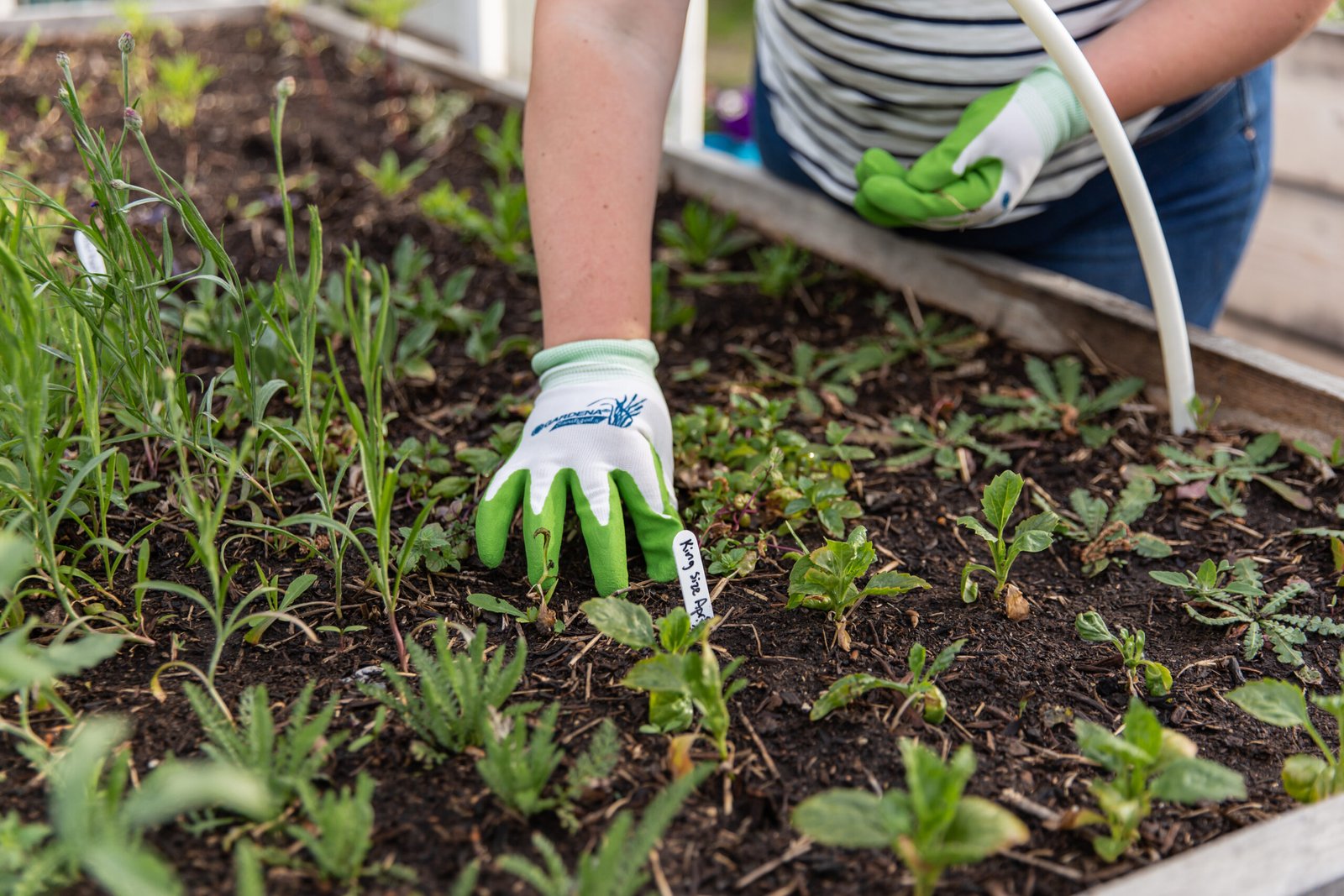
The Importance of Recognizing Medicinal Plants
Knowing how to spot medicinal plants is very important for a few reasons. First, it lets people use natural treatments for their health, which means they need to rely less on synthetic medicines. Second, it helps people feel more connected to nature and supports sustainable practices. Finally, understanding these plants can protect biodiversity, since many medicinal plants are in danger because of cities growing and agriculture taking over.

Top 10 Plants Mistaken as Weeds with Medicinal Benefits
Many plants are commonly confused with weeds, but they have important medicinal properties. Below are ten such plants -often found in backyards and wild areas- each comes with advantages for health.
1. Purslane: A Nutrient-Rich Powerhouse
Often ignored as a weed, purslane (Portulaca oleracea) is actually incredibly nutritious. It is rich in omega-3 fatty acids, vitamins A, C, and E, and minerals like magnesium and potassium making it a great addition to salads and smoothies. It also provides antioxidant effects to help decrease inflammation and promote heart health.
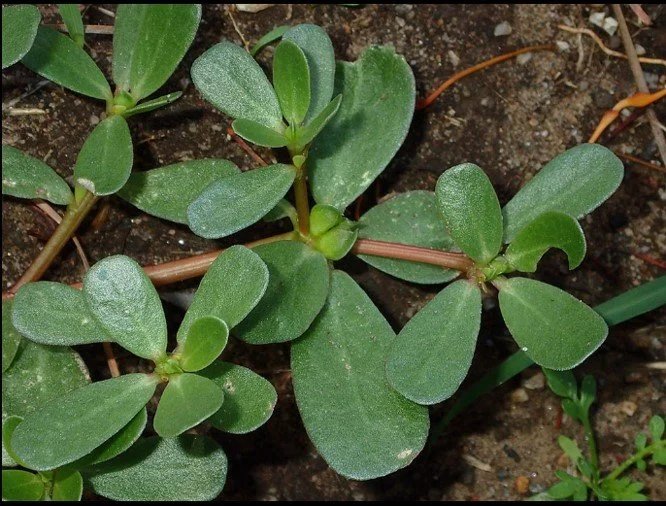
2. Yarrow: The Ancient Healer
Yarrow (Achillea millefolium) has been used for centuries in traditional medicine for its healing abilities. This plant is known to stop bleeding, decrease fever, and relieve digestive problems. Yarrow can be consumed as a tea, or used topically for wounds, thus making it a useful treatment for different conditions.
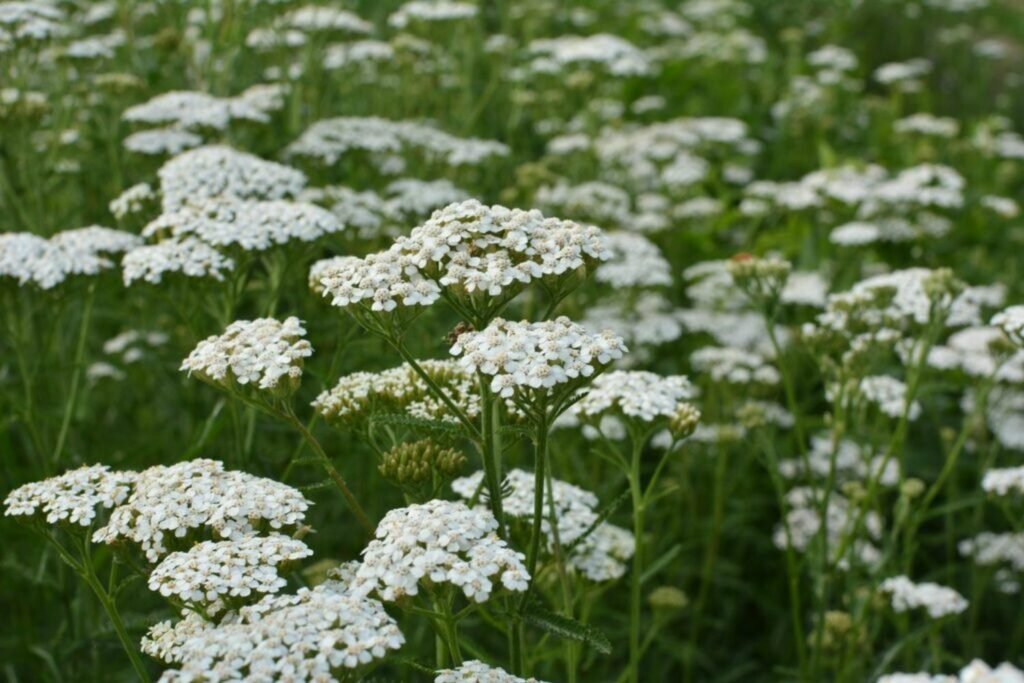
3. Daffodils: More Than Just a Pretty Flower
While daffodils (Narcissus spp.) are mainly appreciated for their beauty, they also have medicinal applications. The bulbs contain compounds that have been studied for their potential in the treatment of Alzheimer’s disease. However, be cautious because they become toxic when consumed in large doses.
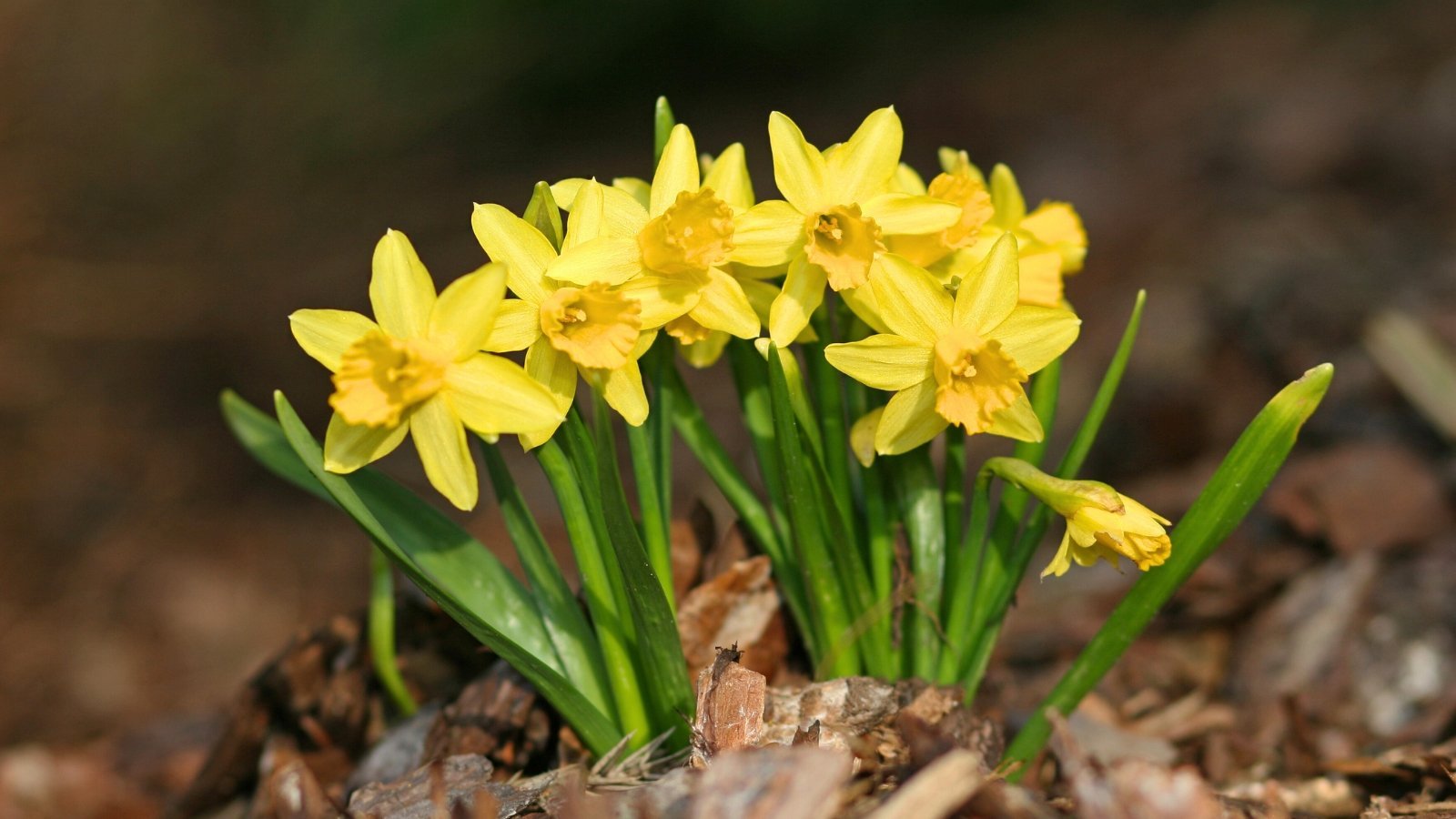
4. Plantago Major: The Versatile Remedy
Plantago major, also known as plantain, is a highly versatile medicinal plant. It can effectively deal with skin problems, respiratory problems, and digestive issues. The leaves can be used to make poultices for wounds or made into a tea for internal usage.

5. Dandelion: The Detoxifying Delight
Dandelions (Taraxacum officinale) are often seen as annoying weeds, but they are full of nutrients and health benefits. They are good for liver health, and digestion, and they are diuretics which help detox the body. Dandelion leaves can be eaten raw in salads, while the roots can be used to make a cleansing tea.

6. Chickweed: The Skin Soother
Chickweed (Stellaria media) is a mild herb known for its soothing effects on skin. It can be used to alleviate itching and swelling due to eczema, rashes, and insect stings. Chickweed can be applied as a poultice, or infused into oils for use on the skin.
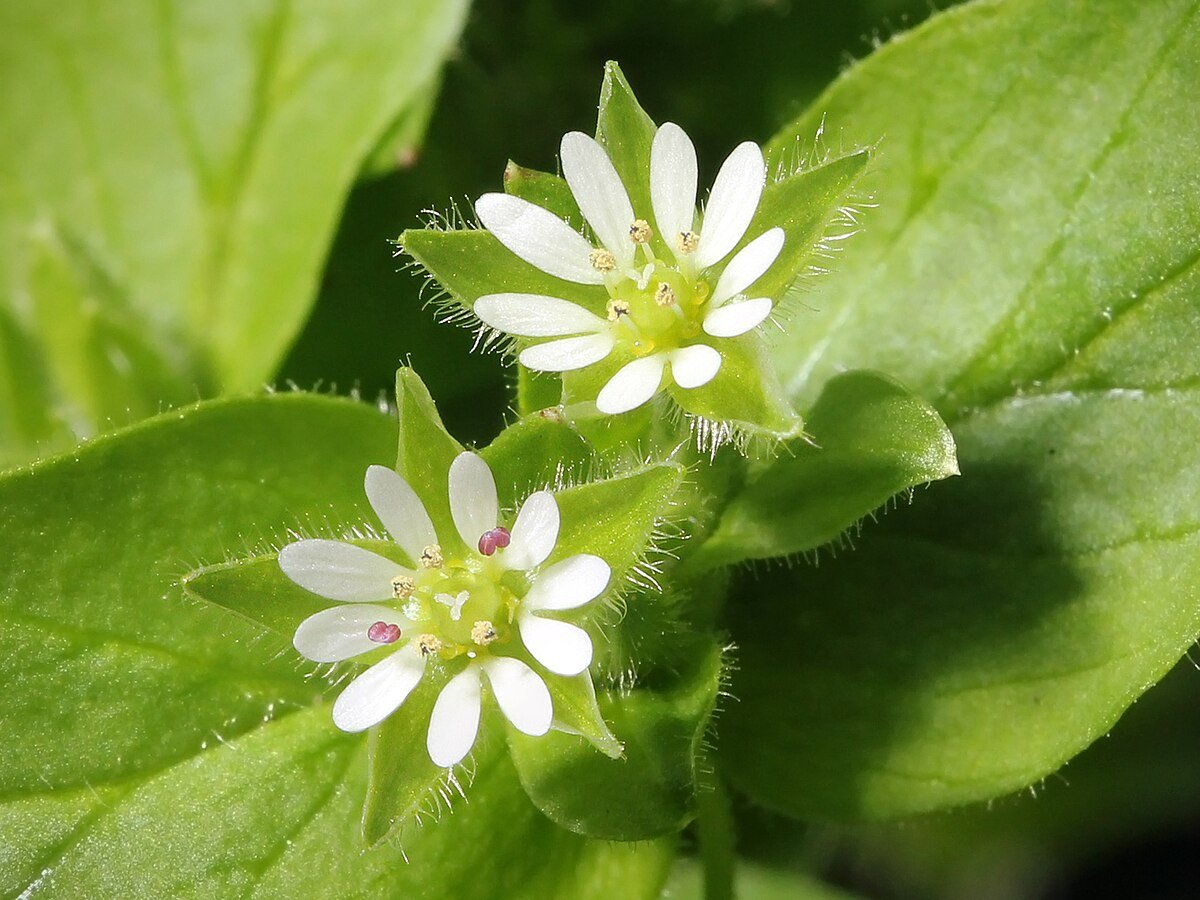
7. Red Clover: The Hormonal Balancer
Red clover (Trifolium pratense) is valued for its ability to balance hormones and promote women’s health. Phytoestrogens are found in it which assists in easing the symptoms of menopause and boost bone health. Consuming Red clover can be done as a tea or dietary supplement.
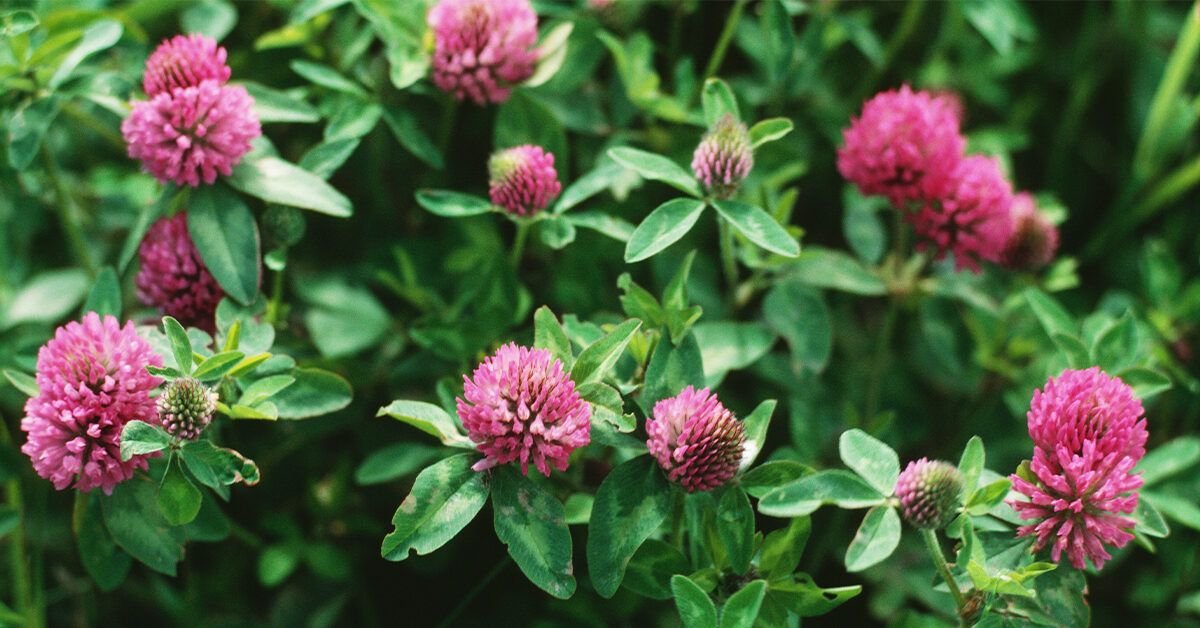
8. Nettles: The Iron-Rich Ally
Stinging nettle (Urtica dioica) is commonly avoided due to its sting, but it has rich sources of iron, calcium, and vitamins. Nettles can help relieve allergies, aid in joint health, and better blood flow. Once cooked or dried, nettles lose their sting, and can be used in soups, teas, and tinctures.
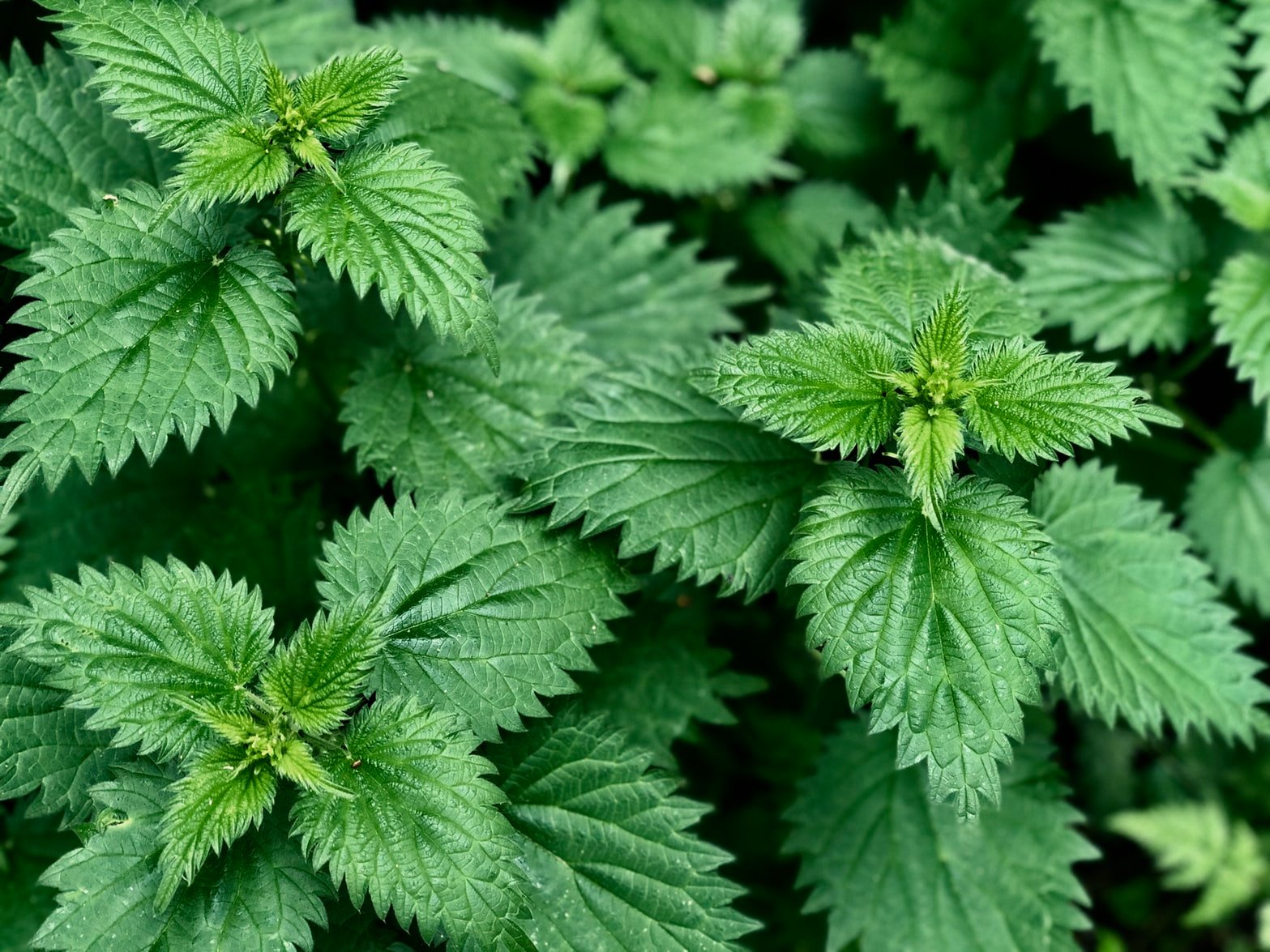
9. Lamb’s Quarters: The Wild Spinach
Lamb’s quarters (Chenopodium album) is a nutritious plant often compared to spinach due to their similarities. It is rich in vitamins A, C, and K, along with minerals like calcium and iron. They can be eaten either raw or cooked, thus they become a versatile addition to your meals.

10. Violet: The Gentle Anti-Inflammatory
Violets (Viola spp.) are known for their beauty, and they also consist effects for inflammation reduction. They can be used for soothing soar throats, decreasing fever levels, and treating skin issues. Violet leaves and flowers can be used to make teas or applied on topical salves.

How to Identify These Medicinal Plants in the Wild
Finding out whether plants are medicinal needs a close look, and awareness of features. You should search for unique characteristics such as forms of leaves, pigments of flowers, together with the ways they mature. Field guides and also mobile apps could turn out to be beneficial instruments for individuals who are learning. Before using one of the plants to find medicinal properties, make sure that is it well-identified.

The Benefits of Incorporating Medicinal Plants into Your Life
Adding medicinal plants consistently inside your daily program could considerably enhance your health. They provide natural solutions as options, rather than pharmaceuticals, and more often come with fewer side effects. On top of that, choosing to grow and harvest the individual medicinal plants you have happens to be an actual rewarding activity that works towards environmental sustainability, which reduces your carbon footprint.
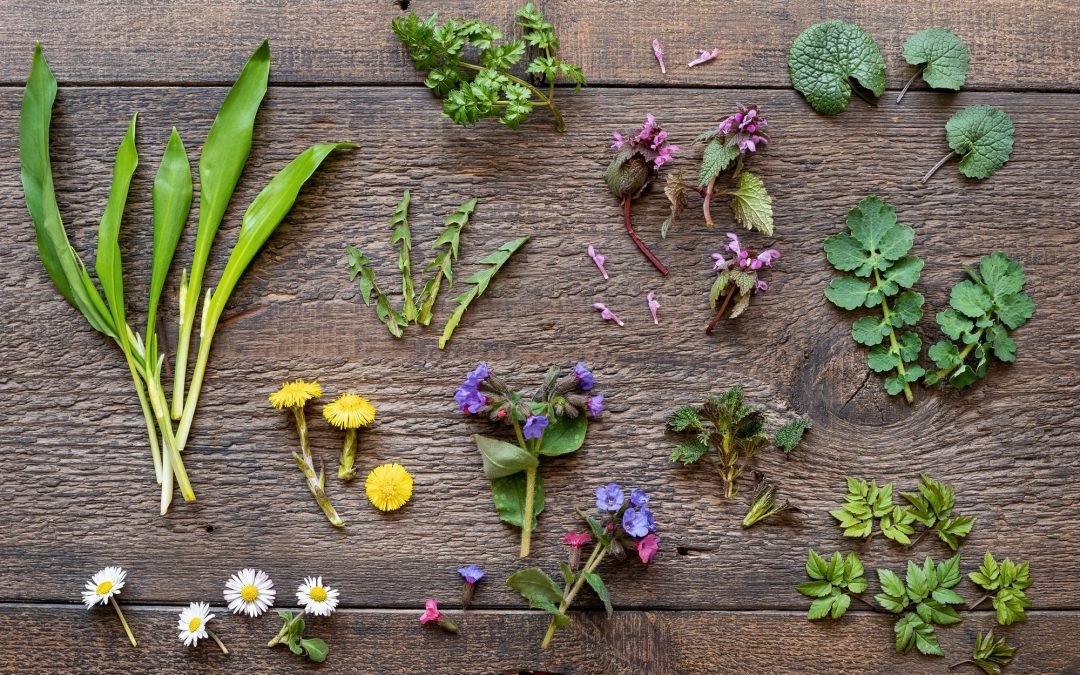
Conclusion: Embracing Nature’s Hidden Gems
If we comprehend and have respect to the medicinal plants that are generally perceived as weeds, then we can find the normal solutions so that the sustainable world will be obtained also. Such plants have hidden capabilities in our personal backyards, offering good health and ecological importance. We could link with the natural world together with utilize the recovery ability as soon as we appreciate them.

